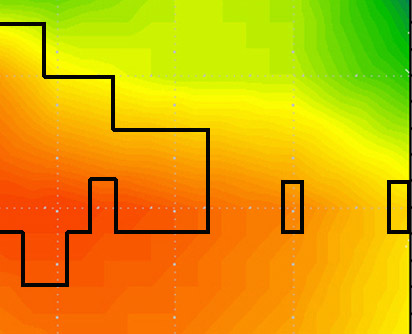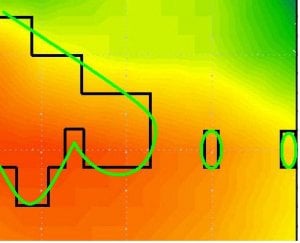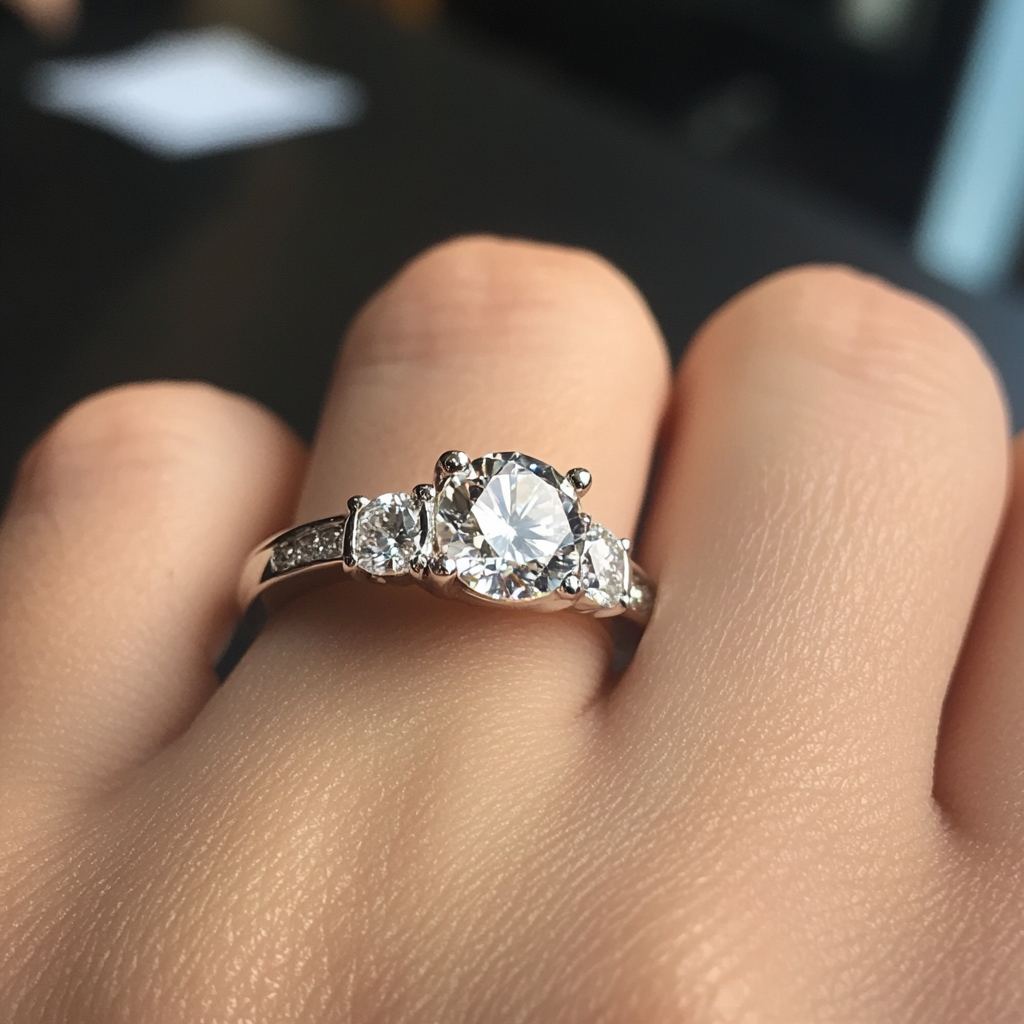adamasgem
Brilliant_Rock
- Joined
- May 23, 2003
- Messages
- 1,338
----------------
On 10/27/2004 3:08:48 PM Serg wrote:
Marty,
Please explain :why does your plot have 58 different points if you use 29 stones only?
----------------
The first 30 stones were those defined in the original GIA brillance article (Fall 1999) where they defined stones and gave WLR values, the next 28 (RD01-RD29) were from their G&G Fire article (Fall 2001) where they gave both WLR and DCLR values..




















300x240.png)